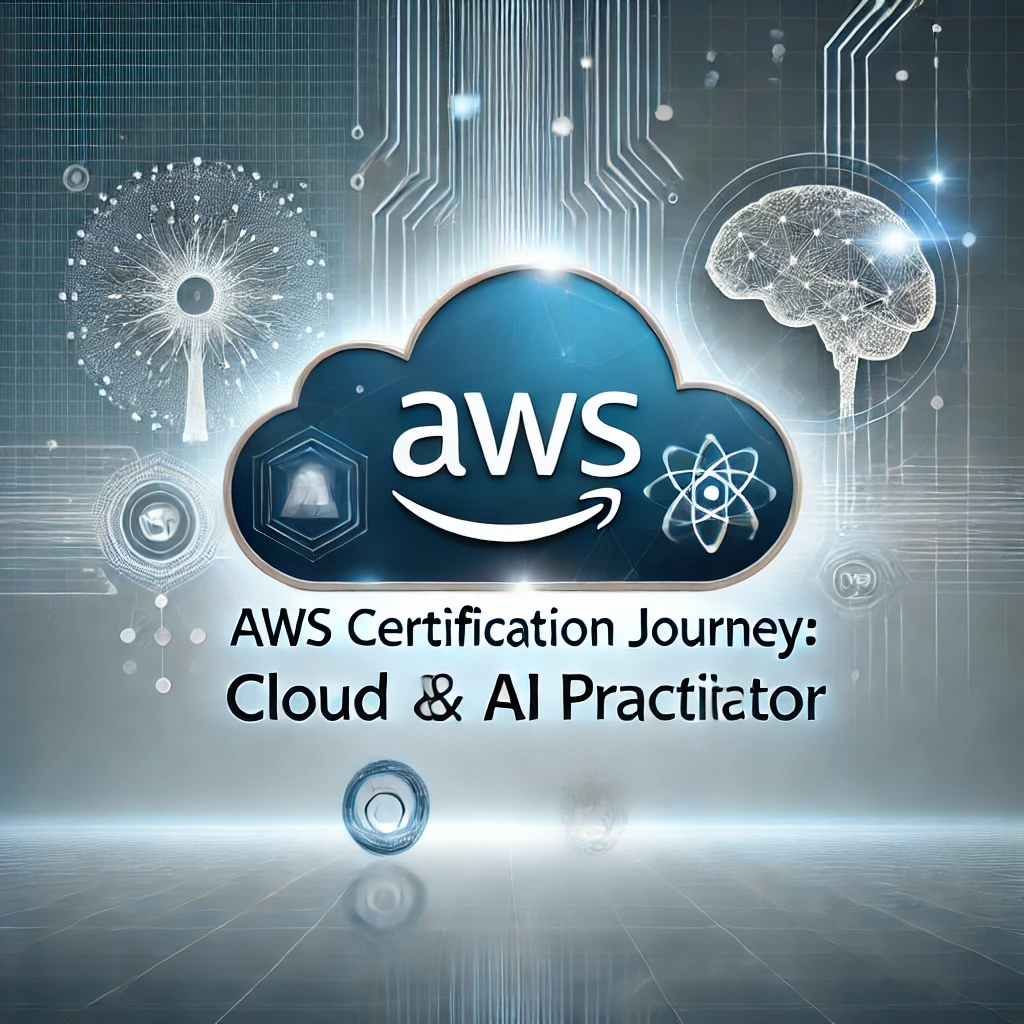As a technology professional pursuing AWS certifications, I recently accomplished a significant milestone by passing both AWS foundation certifications – the Cloud Practitioner and the AI Practitioner. I’m writing this post to share my experience and the most valuable resources during my preparation.
Table of Contents
The Journey Begins: Cloud Practitioner
I started with the Cloud Practitioner certification, which provides an excellent overview of AWS services and cloud concepts. The exam covers everything from basic AWS architecture to pricing and support models. Having worked with cloud technologies previously, I still found that structured preparation was essential for success.
After researching various preparation resources, I discovered CertVista’s practice exams. Their attention to detail immediately stood out in replicating the exam environment. The questions covered all formats I encountered in the real exam, including multiple-choice, multiple-response, and even the more complex drag-and-drop scenarios. This variety helped eliminate surprises during the actual examination.
The New Frontier: AI Practitioner
Following my Cloud Practitioner success, I tackled the newly introduced AI Practitioner certification. This exam presented different challenges, focusing on artificial intelligence fundamentals, generative AI, and responsible AI practices. The technical depth required was considerable, particularly regarding foundation models and their implementation.
Once again, I turned to CertVista’s practice materials. Their AI Practitioner question bank proved invaluable, offering comprehensive coverage of all exam domains. The practice questions included complex formats like build-a-list-and-reorder, which appeared frequently in the actual exam. The detailed explanations accompanying each question helped me understand the correct answers and underlying concepts.
Study Strategy That Worked
My approach to preparation evolved with experience. Here’s what proved most effective:
I began with a full practice exam in simulation mode to identify knowledge gaps. CertVista’s analytics dashboard provided detailed insights into my performance across different domains, helping me prioritize my study areas.
I created targeted question sets for challenging topics using the custom mode feature. This approach was particularly useful for the AI Practitioner exam’s sections on foundation models and responsible AI practices.
Full Simulations
As the exam date approached, I switched to full simulation mode. These 90-minute practice sessions built confidence and time management skills. The environment precisely matched the actual exam interface, down to the question formats and time constraints.
Key Takeaways from Both Certifications
Through this journey, I learned several valuable lessons:
- Understanding Exam Patterns: Both certifications test practical knowledge through scenario-based questions. Regular practice with varied question formats builds confidence in handling these scenarios.
- Depth vs. Breadth: While the Cloud Practitioner exam emphasizes the breadth of AWS knowledge, the AI Practitioner requires a deeper understanding of domains like generative AI and responsible AI practices.
- Time Management: The practice exams helped develop efficient time management strategies, particularly for complex question formats that require more attention.
Achieving these certifications required dedication and the right resources. While AWS provides excellent documentation, having access to quality practice exams significantly impacted my preparation. The realistic exam environment, comprehensive question coverage, and detailed explanations helped ensure I was fully prepared for both certifications.
For those beginning their AWS certification journey, start with the Cloud Practitioner to build a strong foundation in AWS services. The AI Practitioner can follow, building upon this knowledge with specialized AI and machine learning concepts.
Remember that success in these exams comes from understanding concepts thoroughly rather than memorizing answers. Focus on building practical knowledge that you can apply in real-world scenarios.

